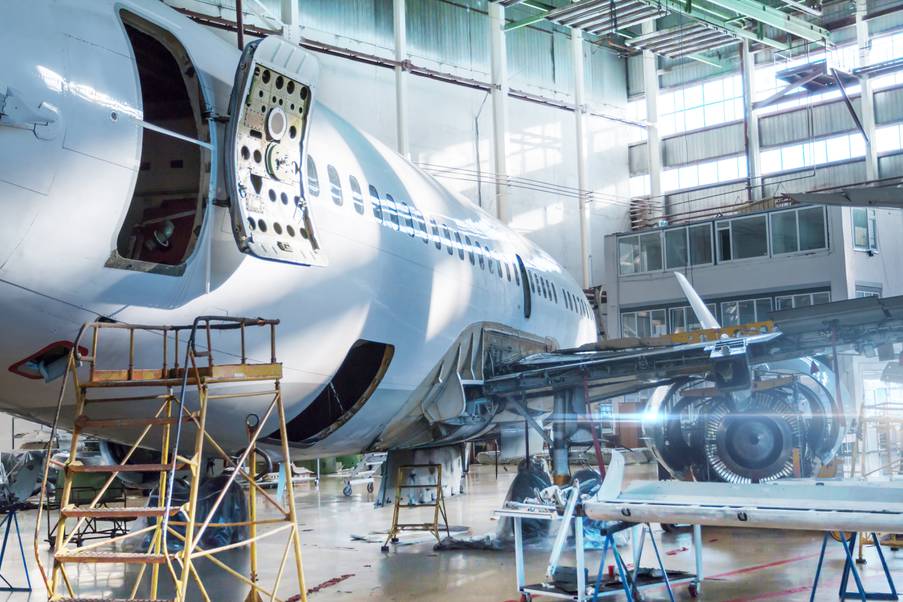Sound absorbing panels are used to reduce or eliminate noise in a specific environment. They are usually used in spaces where acoustic is extremely important such as auditoriums, cinemas, concert halls, etc.
Traditionally these panels are made out of porous material. The most commonly used materials are rock wool, fabric or felt. The working principle is very simple: the porous conformation of these materials accelerates the transformation of sound wave energy into heat. The result is the deadening of sound.

Those types of sound absorbing panels are quite inexpensive but they do present some disadvantages. They can easily get worn and start shedding fibres and other particles. That’s why these kinds of materials aren’t the best for spaces where aesthetics are essential.
In the last years, to get around this problem, an alternative to porous materials has become popular: laser micro-perforated sound absorbing panels.
Laser micro-perforation for sound deadening
Micro-perforated sound absorbing panels can be made from different materials. Wood and plastic are ideal soundproofing materials and therefore some of the most frequently used. Typically, a sound absorbing panel has around a 100,000 perforations per square meter. They are microscopic holes with a dimension of a few millimetres.
The sound absorbing panels work according to a physics concept called the Helmholtz Resonance which makes it possible to efficiently reduce sound waves. Every perforation on the panel can be considered a microscopic Helmholtz resonator.
The main advantage of micro-perforated sound absorbing panels made with laser technology is that the acoustic requirements can be designed specifically to deaden a particular sound frequency. A sound absorbing panel in a concert hall will have to dim different sound frequencies compared to one in the automotive industry that has to deal with the noise of loud engines.

The parameters that determine which frequencies will be absorbed by the panel are the diameter and depth of the perforation as well as their density on the surface of the panel. Shallower holes will absorb higher frequencies while deeper holes absorb lower ones. By determining the relation between the dimension of the perforations and the frequency absorbed, it is possible to design panels perfectly calibrated to deaden specific frequencies.
The CO2 laser is an optimal tool for the production of these panels. The parameters to follow, according to the type of panel required, can be produced with extreme precision thanks to computerised programming. The laser is able to make neat and precise perforation without any imperfections thanks to the elevated power channeled towards the surface of the material. This mechanism instantly causes a thin layer of the surface to vaporise.
The speed of production depends on the number of perforations and their dimensions. The parameters to consider are the distance between the perforations that are either in horizontal or vertical line formations, and the number of lines to be made. These parameters will then determine the density of perforations on the panel. Smaller holes in tight formation will take more time to produce. On average, a sound absorbing panel takes around 10 to 15 minutes to produce.
If you need more information on this application send us a message!




